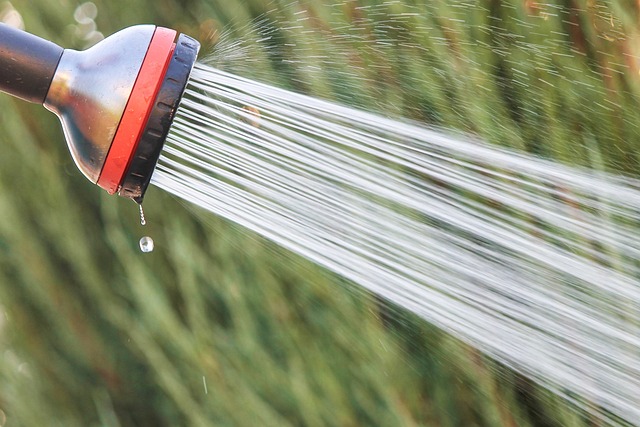Before replacing a shower head, assess your needs (e.g., leak fixes or water pressure improvements). Choose models with enhanced flow rates and water savings if conservation is a priority. Consider various spray settings for personal preference. Understand your current shower head type (screw-in, bayonet, compression) and measure diameter for a seamless fit. Assemble a toolkit with adjustable wrenches, pliers (10mm/1/4-inch), thread seal tape, and new O-rings if needed to prevent future issues during DIY replacement (How to Replace a Shower Head).
Upgrading your shower head is an easy DIY project that can dramatically enhance your bathroom experience. But, making mistakes during removal or installation can lead to leaks, poor flow, and unnecessary water wastage. In this guide, we’ll walk you through the process of replacing your shower head, from understanding your current setup to ensuring a long-lasting, efficient shower. We’ll highlight common blunders and offer expert tips for a successful, stress-free transformation, making “How to Replace a Shower Head” a valuable resource for any homeowner.
- Assessing Your Shower Head Removal Needs
- – Understanding the type of shower head you have
- – Tools required for the job
Assessing Your Shower Head Removal Needs

Before tackling the replacement process, assessing your specific needs is crucial. This initial step involves understanding why you’re replacing the shower head in the first place. Is it due to a leaky faucet, low water pressure, or simply an outdated model? Identifying these issues will guide you in choosing the right replacement that aligns with your requirements.
When considering how to replace a shower head, look for models that offer improved flow rates and water savings, especially if you’re concerned about conservation. Additionally, check for different spray settings to ensure the new head caters to your personal preference—from gentle rain to powerful jet streams. Assessing these factors will make the replacement process more efficient and guarantee you end up with a shower head that enhances your daily routine rather than causing additional headaches.
– Understanding the type of shower head you have

Before you start replacing your shower head, it’s crucial to understand what type of showerhead you currently have. This is a fundamental step in the how to replace a shower head process. Showerheads come in various types, including screw-in, bayonet, and compression fittings. Each type requires specific tools and techniques for removal and installation. Identifying yours will ensure you’re prepared with the right tools and knowledge, avoiding any potential damage or frustration during your DIY project.
Knowing your showerhead’s design also helps you choose a suitable replacement. Measure the existing head’s diameter and consult your local hardware store or online resources to find an exact match or a compatible alternative. This attention to detail is key in ensuring a seamless transition, providing you with the optimal shower experience you desire.
– Tools required for the job

When it comes to replacing your shower head, having the right tools is essential for a smooth and successful process (How to Replace a Shower Head). The standard toolkit for this task includes a set of adjustable wrenches or pliers, as most shower heads use these types of fittings. A 10mm or 1/4-inch wrench is typically sufficient, but double-check the size of your shower head’s threads before heading to the store. Some models might also require an impact driver for more secure installations.
Don’t forget to gather other necessary items like thread seal tape (or Teflon tape) and new O-rings if your old ones are worn out. Proper preparation with these tools and supplies will make replacing your shower head a breeze, ensuring you avoid any potential headaches later on.
Replacing a shower head seems like a simple task, but common mistakes can make it more challenging than necessary. To avoid these, assess your needs, ensuring you understand your current shower head and gather the right tools beforehand. By following these straightforward steps and avoiding typical pitfalls, you’ll have a new, improved shower head in no time, making your bathing experience more enjoyable.
